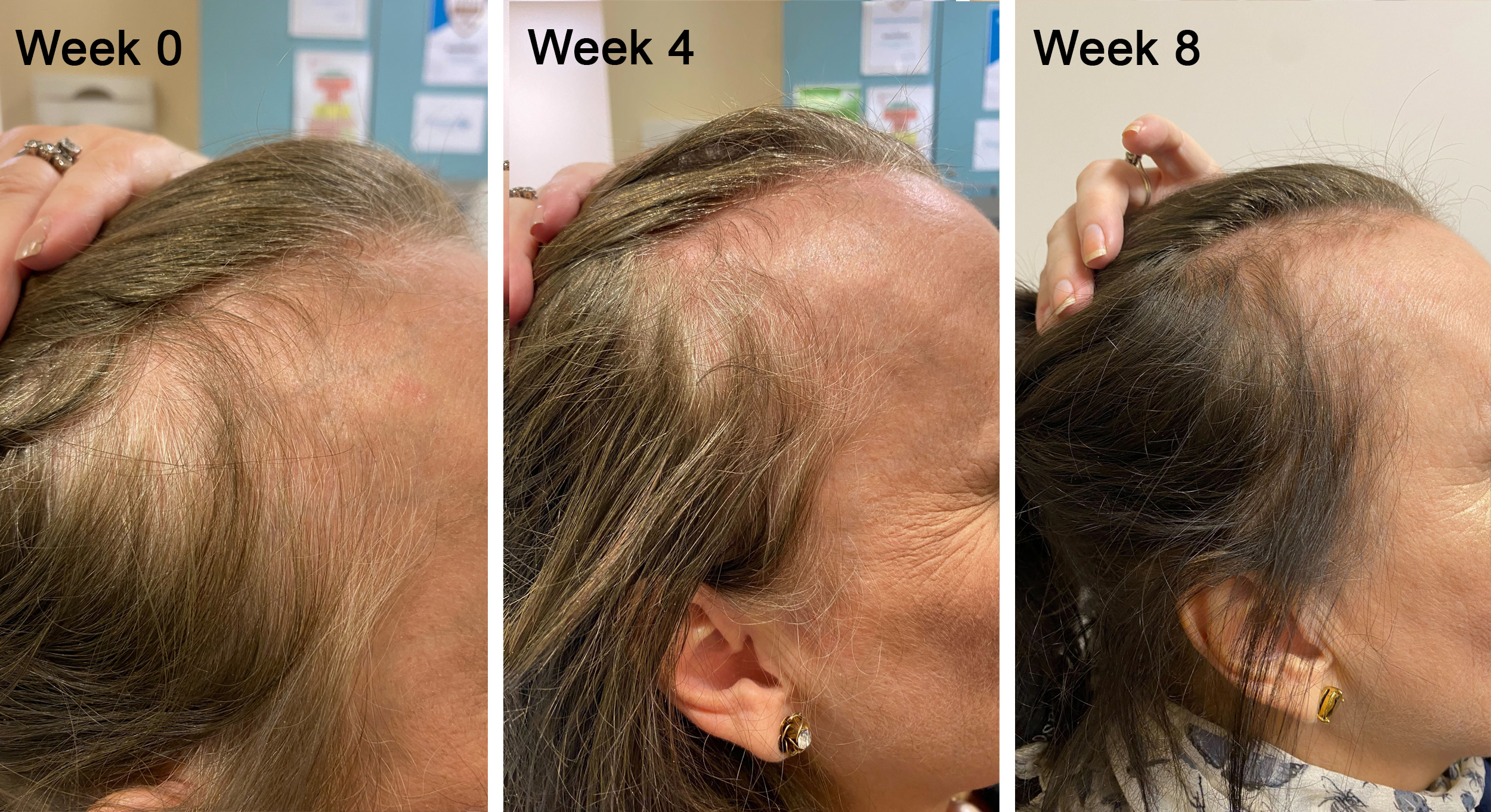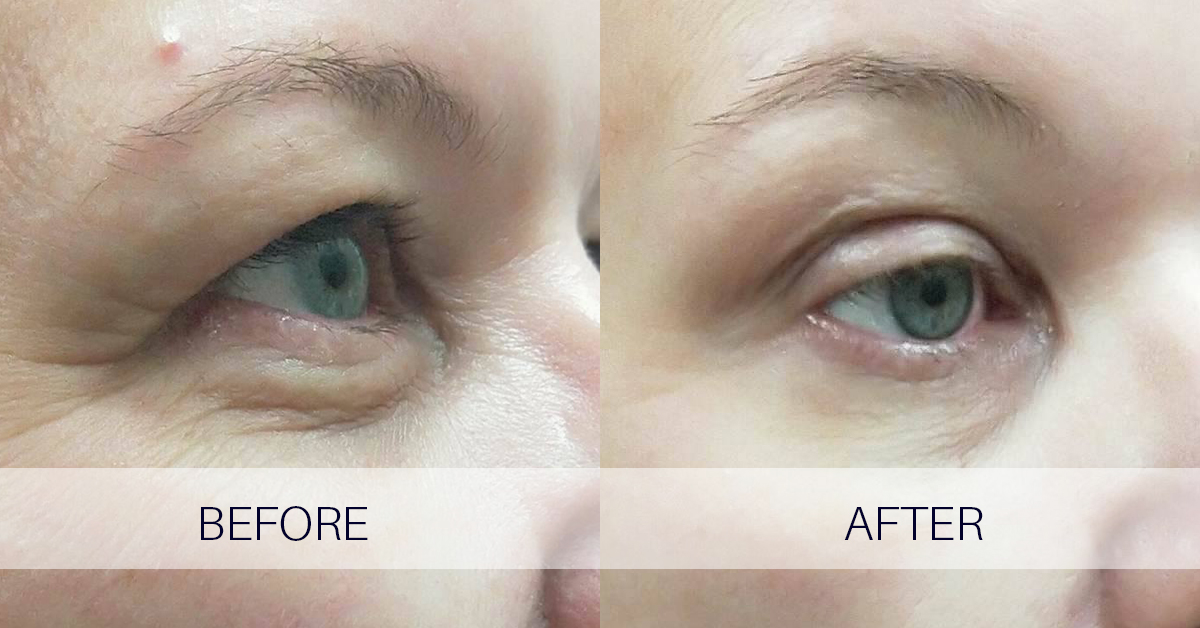Table Of Content

Athletes have been known to use these injections to help heal injuries. The International Society of Hair Restoration Surgery (ISHRS) is a global non-profit medical association and the leading authority on hair loss treatment and restoration. If you’re dealing with male- or female-pattern hair loss, you have a variety of treatment options at your disposal. The process is meticulous — with injections beginning across the scalp, approximately at every half inch over the area of thinning hair — but typically, the entire procedure takes less than a half-hour. To produce PRP, a medical professional will take a blood sample and put it into a machine called a centrifuge.
What are the potential side effects of PRP?
Many men and women battling sudden balding or thinning hair turn to doctors for help. Other treatments for hair loss currently on the market are often more problematic for many patients, Dr. Khetarpal says. Because the treatment is cosmetic, insurance does not cover the procedure, Dr. Khetarpal says. About 50 million American men and 30 million women have male- or female-pattern baldness.
Cutting through the hype on platelet-rich plasma - Pursuit
Cutting through the hype on platelet-rich plasma.
Posted: Thu, 13 Jan 2022 08:00:00 GMT [source]
Stay on top of latest health news from Harvard Medical School.
However, doctors may use the treatment to address a variety of other health issues. Platelet-Rich Plasma (PRP) Therapy is a conservative and holistic approach to increase the healing speed of damaged tissues. PRP uses super concentrated platelets and is commonly done to complement other procedures or on specific localized chronic pain issues. For example, sometimes a topical numbing lidocaine solution is applied to your scalp before injection.
What are the purposes of PRP injections?
You may see it offered as a service at a spa, but Rapaport says to be careful if a thorough consultation isn’t included. He says PRP can be dangerous if technicians are sloppy and aren’t using FDA-approved tubes or aren’t careful about making sure your blood — and only your blood — is injected. Dr. Khetarpal says it takes about three months to see an improvement.
"Much work needs to be done before a 'one-and-done' hair growth treatment is developed," she says. The doctor’s recommendations for how often a person should have PRP will vary depending on a person’s condition and the results of their initial treatment. The doctor may suggest having maintenance injections every 3–6 months once hair loss is under control. Results vary from person to person, but some may see results after as few as three PRP sessions, while others may require more sessions before noticing results. Factors such as age, overall health, and the underlying cause of hair loss can influence the timeline for regrowth. Patience is key; it may take several sessions and at least three months to see improvement.

If you don’t have health insurance, the PRP therapy’s doctor’s office might offer payment plans or reduced fares for self-payers. PRP therapy is a treatment for hair loss that may help promote and maintain hair growth. That said, PRP therapy is expensive and may not be safe for everyone.
PRP therapy is not a onetime solution; most people require several sessions to achieve visible hair regrowth. The number of sessions can vary, but providers typically recommend three to four PRP sessions spaced four to six weeks apart for optimal results. Maintenance treatments every six to 12 months are sometimes necessary for continued regrowth.
PRP for hair loss side effects
After that time, most of her patients – both male and female – have regrown 30% to 40% of the hair they’ve lost. Physicians began using PRP therapy about a decade ago to speed up the healing process in damaged joints after injury or surgery. Since then, PRP has become a popular method of restoring hair growth. Doctors have also used PRP to treat injuries to the tendons, muscles, and ligaments, such as those that people sustain during sporting activities.
To learn if you’re a good candidate for Plasma therapy for hair loss, contact your Advanced Dermatology and Cosmetic Surgery providers. In a 2014 study of 20 people, PRP treatment increased hair density and peaked at 3 months. The researchers, therefore, recommend PRP every 6 months for best results. A downside to PRP therapy for hair loss is that treatment is expensive and rarely covered by medical insurance. It’s important to note that not many insurance companies cover PRP therapy for hair loss. If you have insurance, speak with your provider to see whether they cover it.
It’s important to speak with a healthcare professional about the potential side effects of PRP therapy. Consideration of the donor hair's quality is another aspect that may affect the success of the procedure. Generally, those with robust, plentiful hair in the donor region have a higher success rate as compared to individuals with sparse or poor-quality hair. The availability of more follicles for transplantation yields better results. A detailed examination is carried out before the Hair Transplant to verify the quantity and quality of the donor's hair.
This innovative, non-surgical treatment can effectively regrow the hair and rejuvenate the scalp through a natural regeneration process. Doctors first used PRP in medicine in Europe in 2005, says Jeffrey Rapaport, MD, a board-certified dermatologist based in Englewood Cliffs, New Jersey. According to a study published in August 2016 in the American Journal of Clinical Dermatology, PRP helped promote wound healing, often in plastic surgery, orthopedics, and sports medicine.
Platelet rich plasma is one of the most exciting and relatively new areas of cosmetic medicine and surgery. Khetarpal estimates each treatment will cost $600 to $1,500 out of pocket, depending on where you live. That adds up because, to see results, you have to commit to about four treatments in your first year. A meta-analysis published in September 2017 in the Journal of Cosmetic Dermatology also explored the effect PRP could have on increasing hair number and thickness based on current studies. The researchers found there might be a correlation, but said it was too soon to say because the studies were small and the results weren’t significant. Treatments are typically performed once a month for the first three to four months, and then every three to six months thereafter, depending on the individual patient's response and results.
If you take a patient’s own platelets and re-inject them into an area that needs healing and growth, the body’s own mechanisms will improve the regeneration of the tissue. Growth factors, in a sense, play the role of messengers, signaling skin cells to function. In fact, they've been used in medicine to treat a range of health issues, including arthritis, signs of aging, etc. The good news for anyone with thinning hair, says Zeichner, is that growth factors can "help stimulate the activity of the hair follicles and promote new hair growth." PRP therapy for hair loss is considered an elective cosmetic procedure and is not typically covered by insurance.
After creating platelet-rich plasma from a patient’s blood sample, that solution is injected into the target area, such as an injured knee or a tendon. In some cases, the clinician may use ultrasound to guide the injection. The idea is to increase the concentration of specific bioproteins or hormones, called growth factors, in a specific area to accelerate the healing process. According to a 2022 review, there isn’t a consensus on the frequency and duration of PRP therapy for hair loss. For example, the studies in the review found benefits for hair growth with PRP treatment ranging from 4 injections every 15 days for 3 months to 3 monthly injections for 6 months. Before patients undergo any of the hair transplant options listed above, they should consult with a board-certified Los Angeles hair restoration doctor.
The procedure involves a blood draw, so you should make sure you are hydrated and have eaten beforehand to prevent feeling lightheaded. After the procedure, you may experience some soreness and bruising at the injection site. If you’re unsure about whether PRP therapy is right for you, speak with a healthcare professional. They can develop a treatment plan for hair loss that’s right for you.

No comments:
Post a Comment